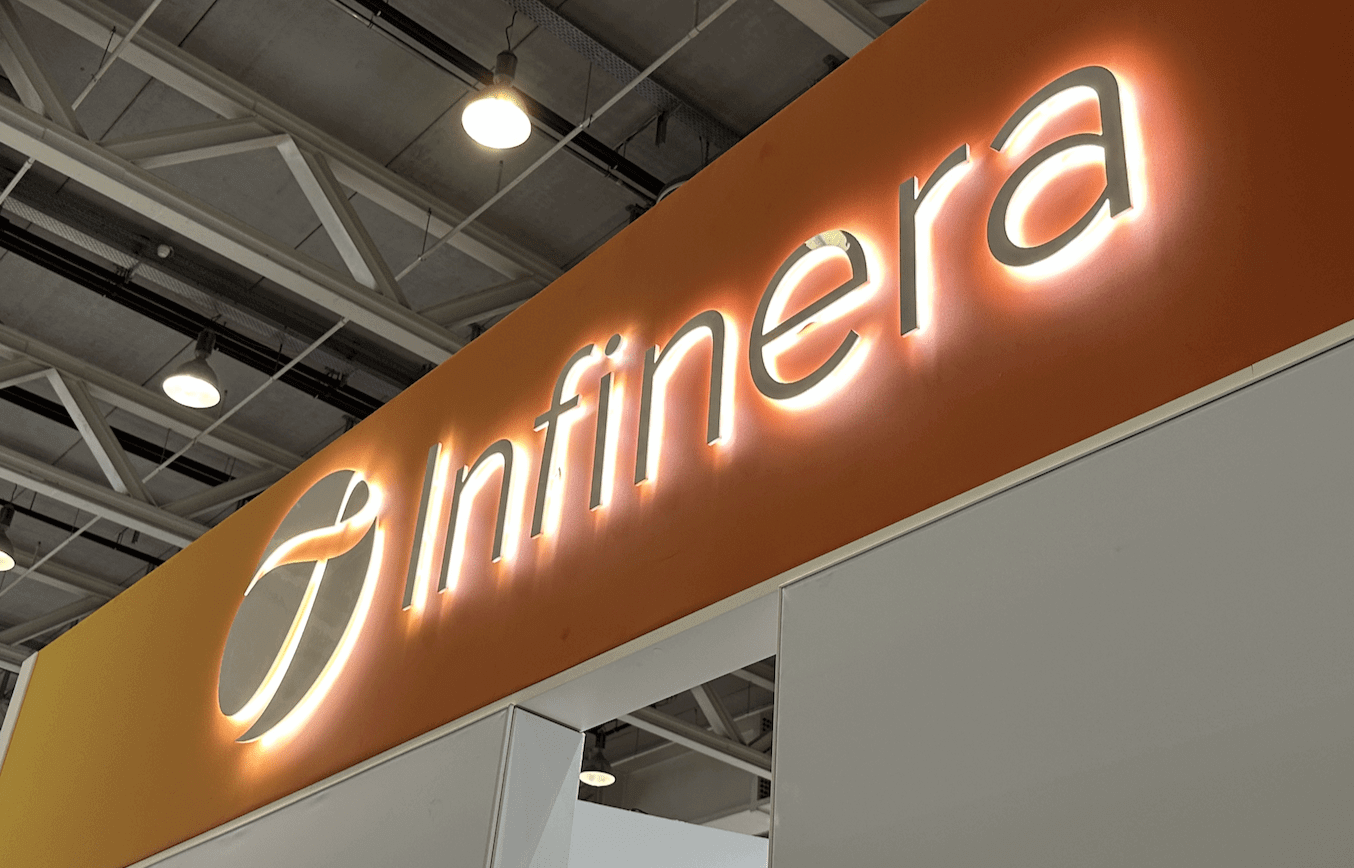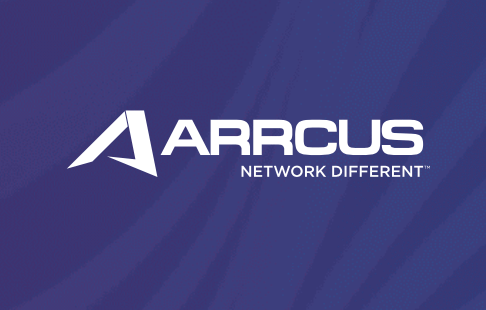Ahead of this month's #OFC24 in San Diego, Broadcom is announcing an expanded portfolio of optical interconnect solutions, including:
- Production release of 200-Gbps per lane (200G/lane) electro-absorption modulated laser (EML) to pair with next generation GPUs
- Demonstration of the industry’s first 200G/lane vertical-cavity surface-emitting laser (VCSEL)
- Demonstration of continuous wave (CW) laser with high efficiency and high linearity for silicon photonics (SiPh) modulation at 200G
- Shipment of more than 20 million channels of 100G/lane high speed optical components used in AI/ML systems
The demand for AI clusters is expected to drive rapid adoption of 200G/lane optics in 800G and 1.6T transceivers. Broadcom’s 200G VCSEL and EML products follow up on successful deployment of 100G/lane VCSEL and EML chips into first-generation generative AI networks.
At OFC24, Broadcom will showcase the following products and technologies:
- 200G VCSEL technology demonstration
- 200G EML product demonstration
- 200G SiPh modulation with CW lasers
- 100G VCSELs for emerging applications including server interconnect, PCIe interconnect and next generation Fibre Channel
“Generative AI has unleashed a network transformation necessitating an order of magnitude increase in high-speed optical links compared to standard network requirements,” said Near Margalit, Ph. D., vice president and general manager of the Optical Systems Division at Broadcom. “We will continue to invest in VCSEL, EML and CW laser technologies to deliver disruptive innovation in bandwidth, power and latency for optical interconnects in next generation AI links.”
https://www.broadcom.com/company/news/product-releases/61941






















